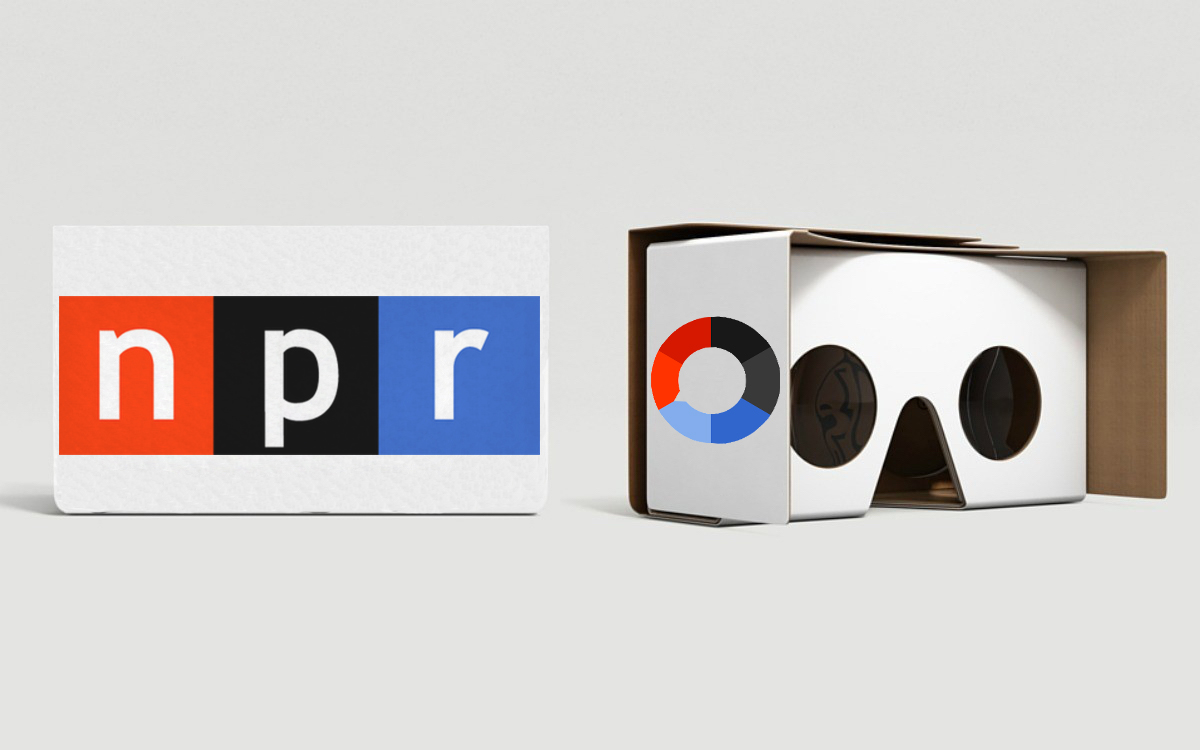How can we help men develop empathy for women experiencing street harassment?
PRODUCT DESIGN: DEvelop A "SMART" OBJECT THAT ADDRESSES A SOCIETAL issue
MEOW which stands for Mens Empathy of Women is a project that sought to help women feel empowered and make men more aware of a daily problem women face when they are simply walking on a public street. The object would be worn on the outer garments of women and constantly record on a 15-30 second loop until they were catcalled and a button is pressed to log the recording. Through the companion app the recording would also be sent as a text message to men in the woman's contact list who have been preselected to receive these recordings unbeknownst to them. They would then listen to the recording of street harassment and be prompted to go to a website where they would learn more about this issue and how they could participate to help become a part of the solution.
Scope: 7 Weeks
Other team members: Song Lee, Josh Corn
My role: Research, Idea generation, Branding, Project Video
Our project was showcased during NYC Design Week 2016 in the Design Collective Grouphug's show "Judge Me," whose theme was about prejudice.
the problem:
To be candid, we were a group of two men and one woman, and neither of us men brought this idea to the table. Why? Because we don’t deal with this form of harassment in our daily lives––it’s something we don’t even have to consider. We are completely blind to this issue that women must confront EVERYDAY. That’s not to say we believe that street harassment from men and other perverted acts performed by them isn’t real, but because we are not the one’s being subjected to it or committing these acts ourselves––we become oblivious to its reality––we become accomplices to our group (MEN’S) abhorrent behavior.
the Process:
Our initial ideas to create a prototype that helped women deal with this issue all revolved around ways for a woman to call or signal for help, but we quickly realized that there are already many ways for women to accomplish this task. They have cell phones, there are help call boxes on most subway platforms, and some carry pepper spray. However, all of these devices only solve for a symptom of the problem and still leaves the onus of solving it squarely on the shoulders of those most affected by it–women.
Therefore, we began to think not about the physical object we want to prototype, but the behavior we want it to help spur.
We set three goals for ourselves to guide us through this process:
I. Create Awareness
II. Support Empathy
III. Change Men’s Behavior
We knew that most men view street harassment as either not an issue or something that women should just “deal” with, but both views leave women in vulnerable positions and ask them to be both the victim and problem-solver.
the design:
Our first round of low-fidelity prototyping were more speculative in nature:
The left side was an object designed to be a smart-fabric. The wearer could activate it to create space between them and someone who is intentionally rubbing up against them on a crowded subway car. It would create immediate space and awareness of the situation, but it would fail to produce empathy.
On the right, these objects would work in tandem. The top-right object was designed to represent the letter M for Man, W for Woman and E for Equality/Empathy. It would be able to record and play back on a loop the offending harasser’s words while he would be forced to look into his own reflection from a mirrored visor the woman would pull over her face. The idea was to make men reflect on their behavior and feel embarrassed by it as they listen to their words over and over in public.
Although both would have brought attention to this issue in real-time, it was determined that they wouldn’t support empathy for women because it didn’t bring men into the conversation, but rather just pointed a finger at them.
So we went back to research the heart of the matter: What could make men empathize with women over street harassment? The answer wasn’t yet clear to us. However, after viewing some videos of men watching their mothers, daughters, sisters, girlfriends/wives being street harassed it was evident that men get upset when it’s personal:
So we asked ourselves: How can we elicit this reaction in men even when it is not their daughter/mother/sister/girlfriend/wife that is being harassed?
We determined that the way to get men involved in becoming a part of the solution was to make the entry barrier for them into the conversation very low. Our design would have to be simple in nature yet have the potential to produce a critical mass of change through peer networks. Using the earlier prototype for recording and playing back what was said to a woman from a harasser, she could instead send out an audio clip of her harassment to men in her personal network via text messaging. This would allow women to share their experiences of street harassment in real-time with many men who would listen to the harassment in the audio clip. The idea is that men would begin to receive these audio clips from several women they know and would get upset after hearing what was said to these women that they care about. They could then follow a link to a website to learn more about this issue and be provided steps to help become a part of the solution.
Below is a rough sketch of the interaction design:
Sketch by Josh Corn
In this design, we would be creating awareness, supporting empathy and hopefully changing men’s behavior as they become more aware and sensitive to this issue with women. Men would begin to have conversations not only with women about this issue, but also with their friends since they all could potentially have received an audio clip from a woman they know personally. After developing empathy for women around this issue, men should have the courage to challenge other men who think that catcalling or street harassment is either their prerogative or not a serious issue.
Below is a design of its current low-fidelity form.








